Floor Replacement
Fill in your details below - we'll reach out to schedule a free quote!
We will get back to you as soon as possible
Please try again later
Local Floor Replacement Service
Homeowners in the market for new flooring have a lot of options to choose from these days.
There are countless different materials, styles, and colors to choose from, and the decision can be overwhelming. However, one thing that should not be up for debate is who to trust with such an important project.
JD Flooring has been replacing floors in homes and businesses throughout the area for many years, and our experience is second to none.
We only use the highest quality materials, and our team of skilled installers will work diligently to ensure that your new floors look perfect.
If you're ready to update your flooring, give JD Flooring a call today. We'll be happy to help you find the perfect new floors for your home or business.
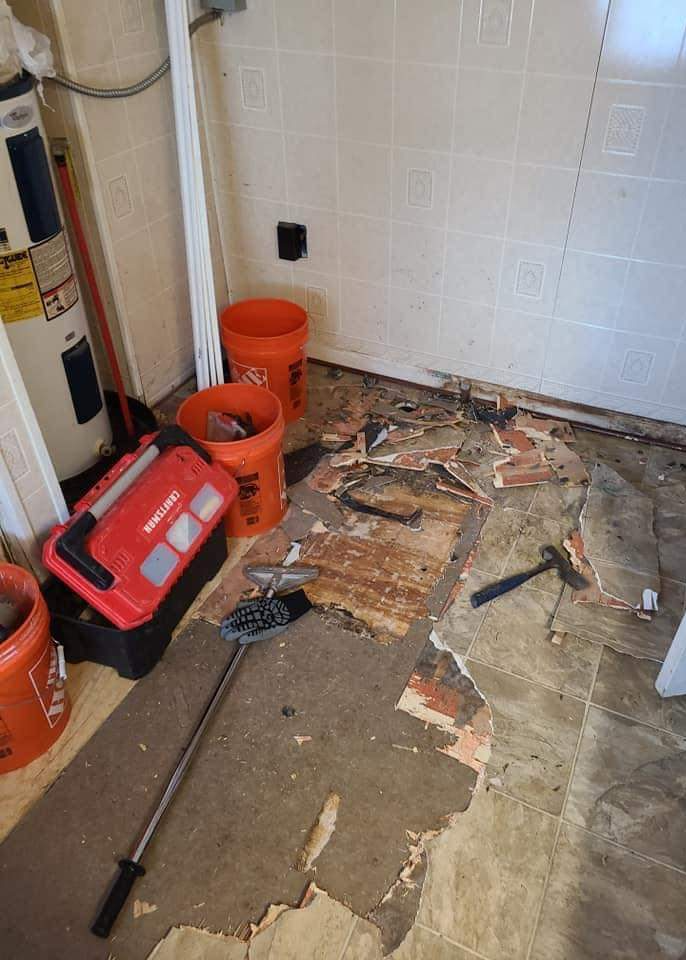
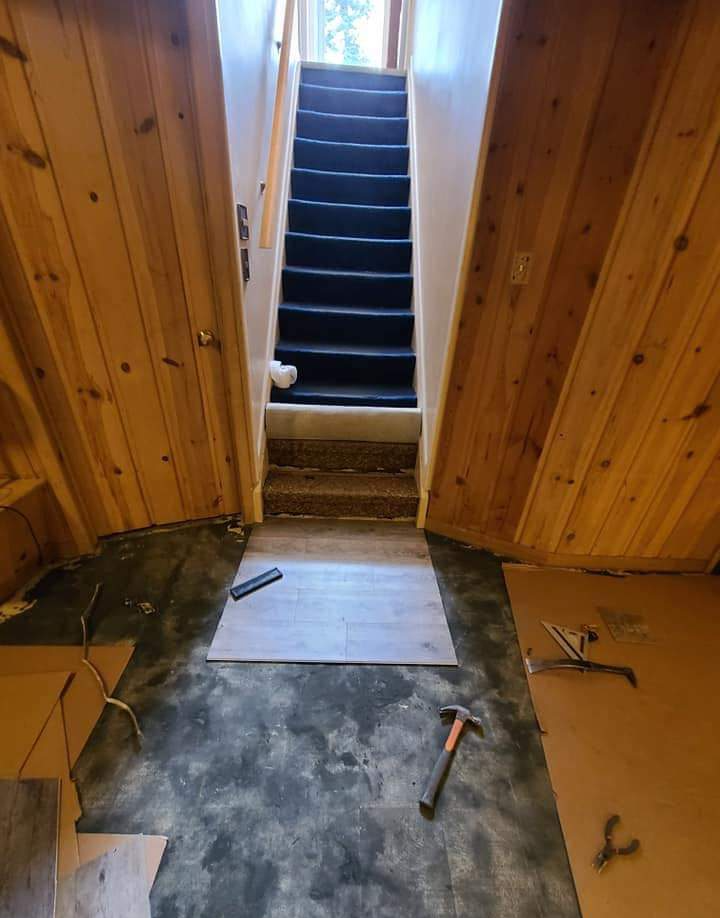
Floor Replacement Contractors
At JD Flooring, we pride ourselves on our local roots. All of our contractors are based in your local area, and have extensive experience working with all different types of flooring.
Whether you're looking for someone to install hardwood, laminate, or carpet, we have a contractor who can get the job done.
And because all of our contractors are licensed and insured, you can rest assured that your home is in good hands.
So if you're in need of a floor replacement, give us a call.
We'll be happy to match you with a qualified contractor who can get the job done right.
Signs That You Need a New Floor
Sometimes it's easy to tell when you need a new floor. If your floors are warped, stained, or otherwise damaged, it's time for an update. However, there are other times when the signs are less obvious.
If your floors are starting to show signs of wear, or if they no longer match the style of your home, it might be time to consider a replacement.
And if you're simply not happy with the way your floors look, a new floor might be the perfect solution.
If you're not sure whether or not you need new floors, give us a call.
We'll be happy to take a look and help you make the best decision for your home.
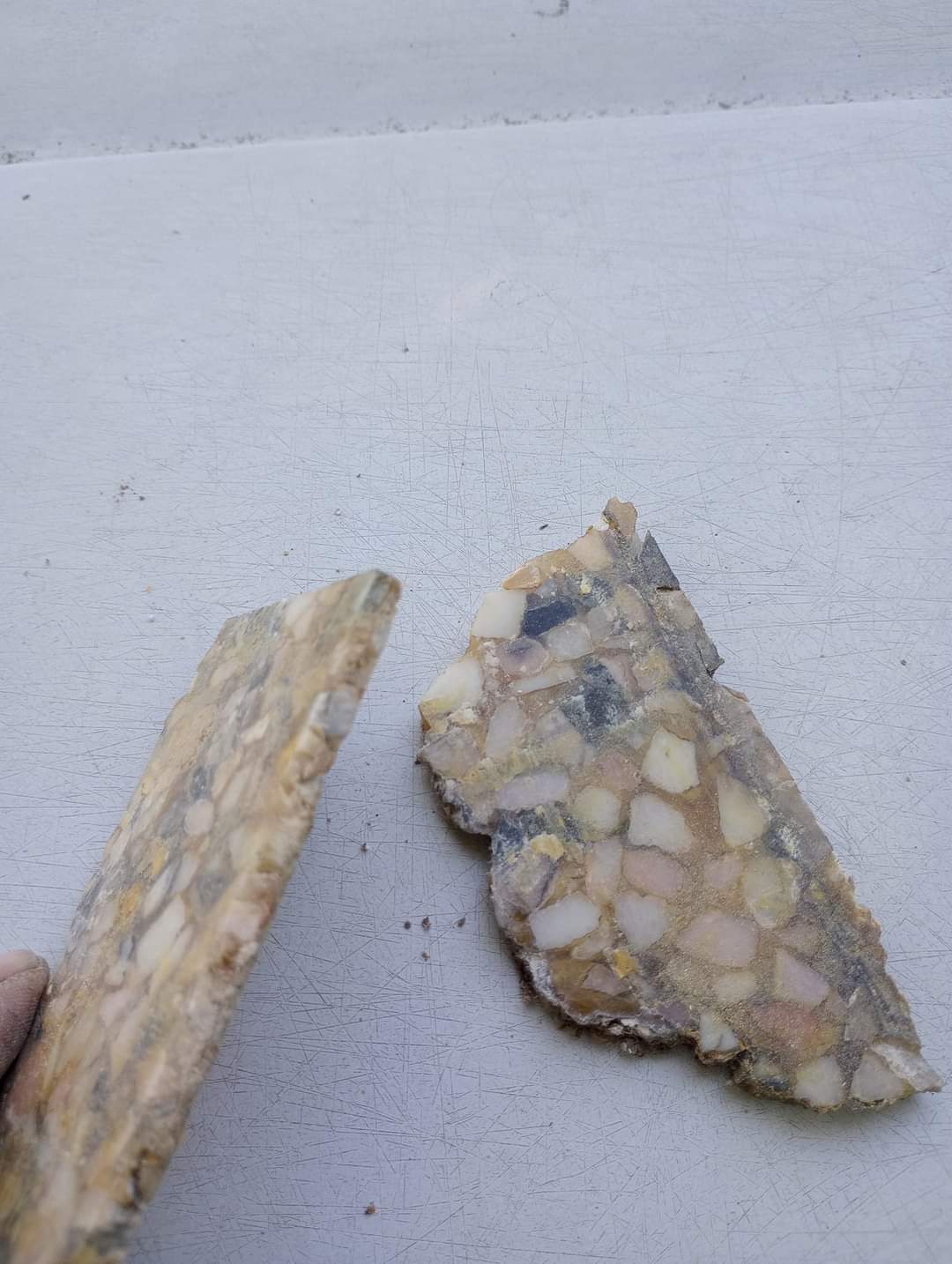
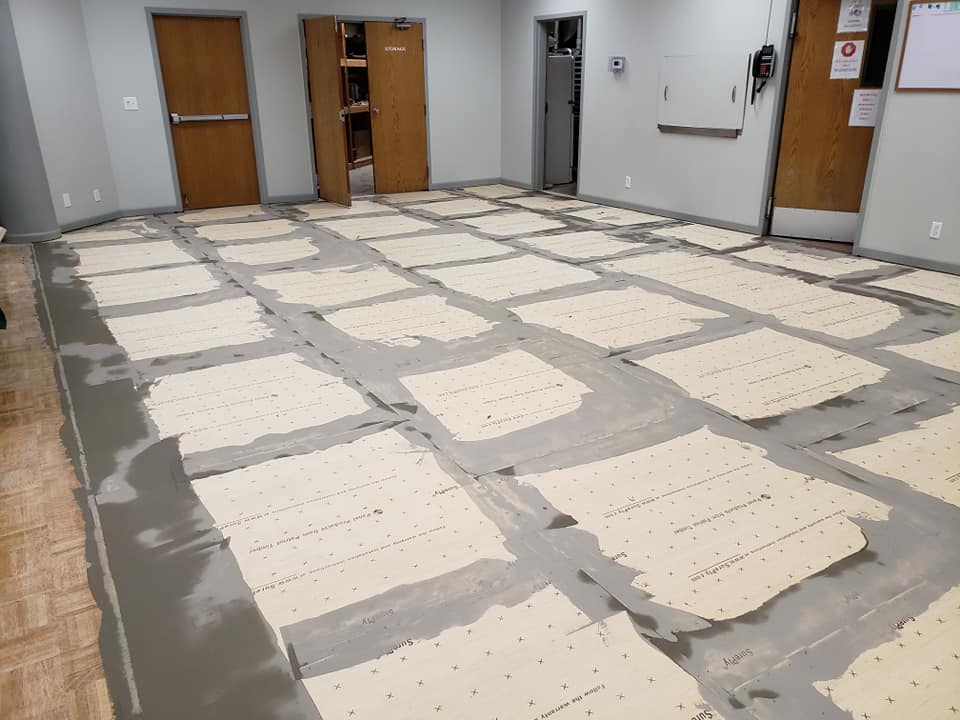
Wear and Tear
Over time, all floors will start to show signs of wear and tear. Scratches, dents, and stains are all common problems that homeowners face.
And while you might be able to ignore these problems for a while, eventually they will start to affect the look and feel of your home.
If your floors are starting to show their age, it might be time to consider a replacement.
Water Damage
Water is one of the most damaging things that can happen to your floors.
If your floors are exposed to water, they can start to warp, crack, and stain. And once water damage has set in, it can be very difficult to repair.
If you have any concerns about water damage to your floors, give us a call.
We'll be happy to inspect your floors and help you decide if a replacement is necessary.

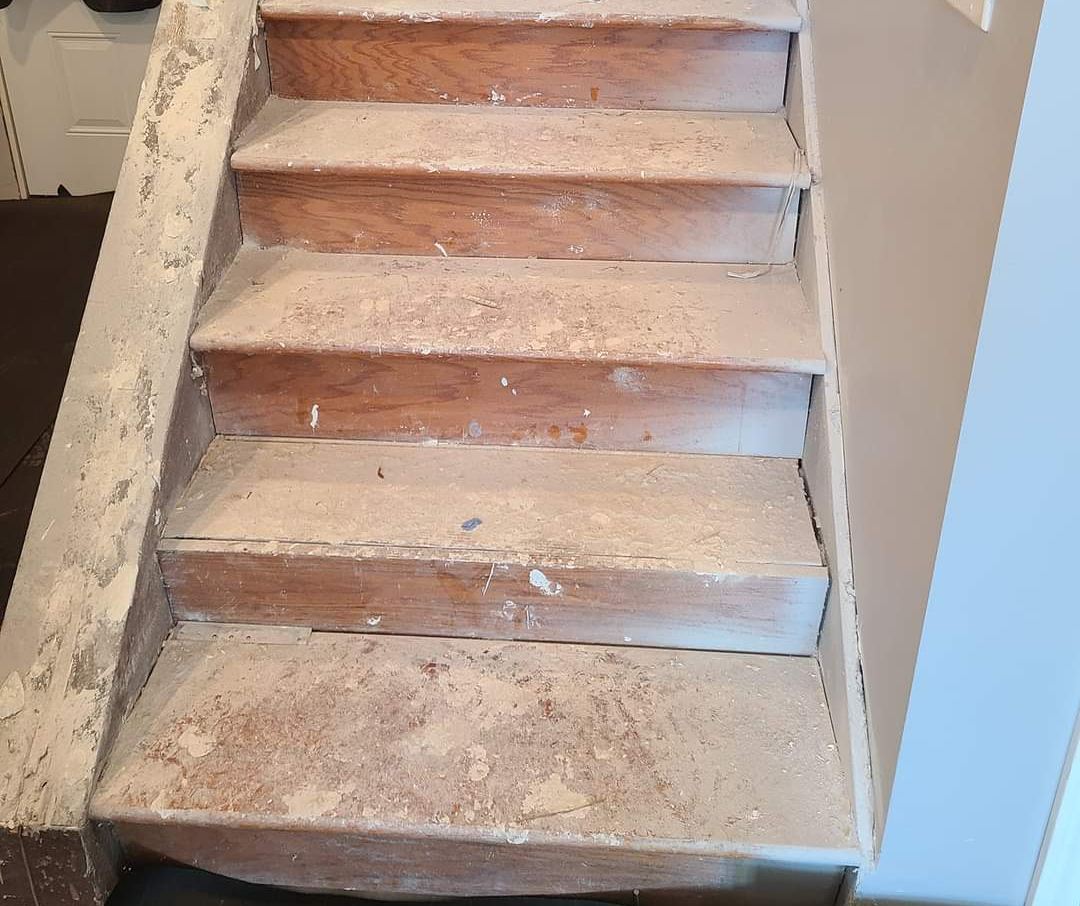
Unpleasant Odors
If your floors are emitting an unpleasant odor, it's a sign that they're not as clean as they could be.
Floor coverings like carpets and rugs can trap dirt, dust, and other allergens, which can lead to an unpleasant smell.
Even if you can't see any dirt or debris on the surface, it's important to clean your floors on a regular basis to prevent odors from building up.
Otherwise, eventually the odor will become too strong to ignore.
Noisy Flooring
If your floors are creaking, it's a sign that they're not as sturdy as they used to be.
The noise is caused by the flooring materials settling or shifting, and over time, this can lead to serious damage.
In addition to weakening the floor, creaking can also be a sign of water damage or other problems.
If you ignore the noise, it will eventually become too annoying to tolerate.
And if the problem is left untreated, it could result in expensive repairs.
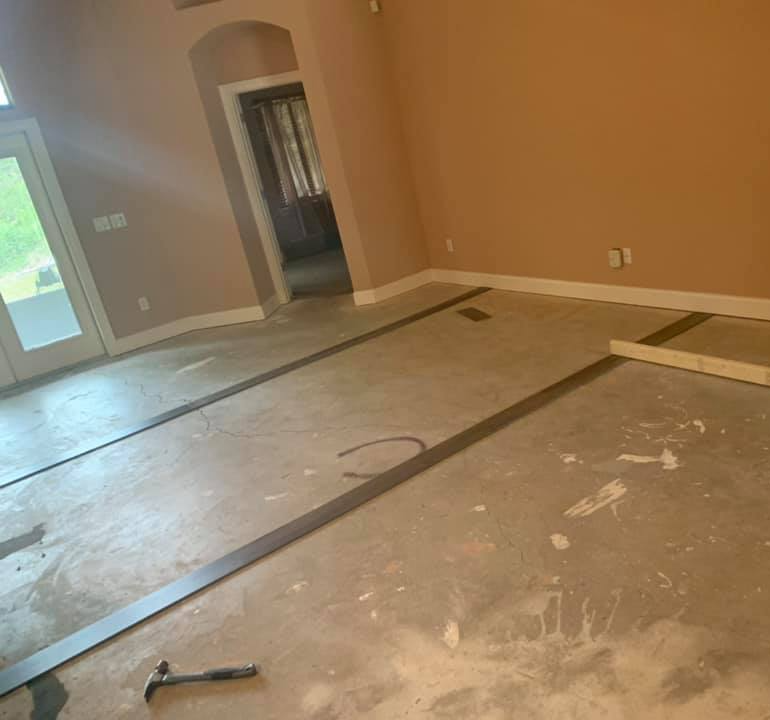
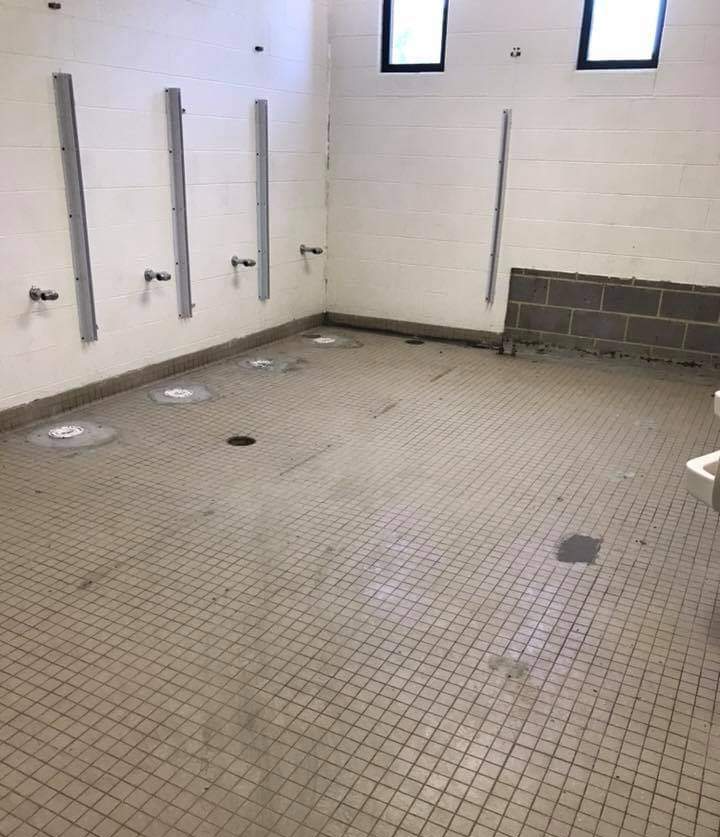
Sanded Too Many Times
Over time, hardwood floors can become scratched, scuffed, and dull.
Sanding is a common way to refinish hardwood floors, but it can only be done so many times before the floor becomes too thin.
Once this happens, the floor will become more susceptible to damage and will not be as strong or durable as it once was.
In addition, the surface of the floor will become more uneven, making it difficult to clean and requiring more frequent refinishing.
While it is possible to repair some of the damage caused by excessive sanding, eventually the floor will need to be replaced.
Discoloration of Flooring
There are a number of reasons why your floor might become discolored.
One common cause is sunlight exposure, which can fade the color of your floor over time. Another common cause is spills and stains, which can penetrate the surface of your floor and cause discoloration.
In some cases, discoloration can also be caused by wear and tear, as the finish on your floor begins to wear down.
In some cases, you may be able to restore the original color of your floor by refinishing it.
However, in other cases, the only way to achieve the desired result is to replace the floor entirely.
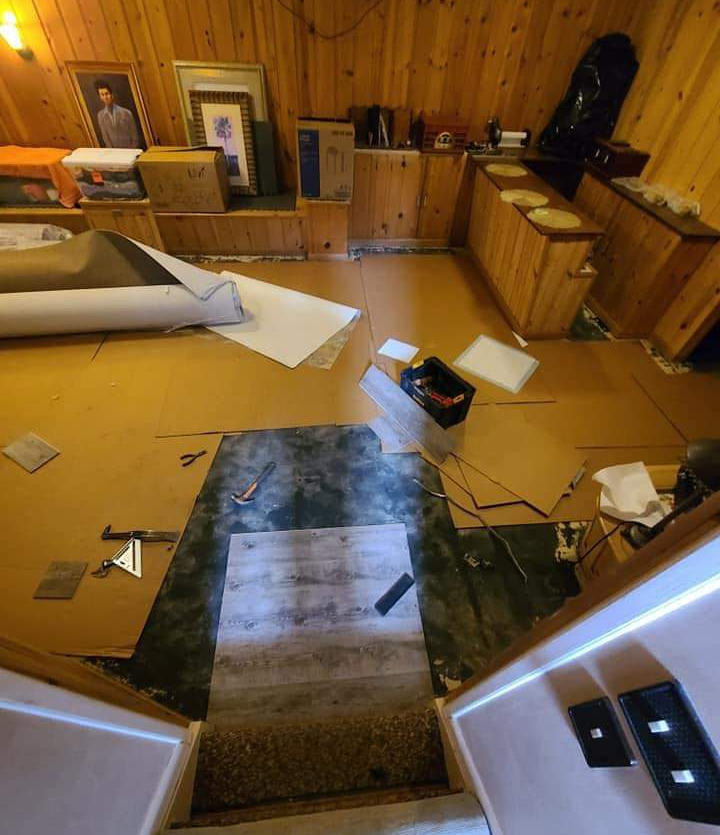
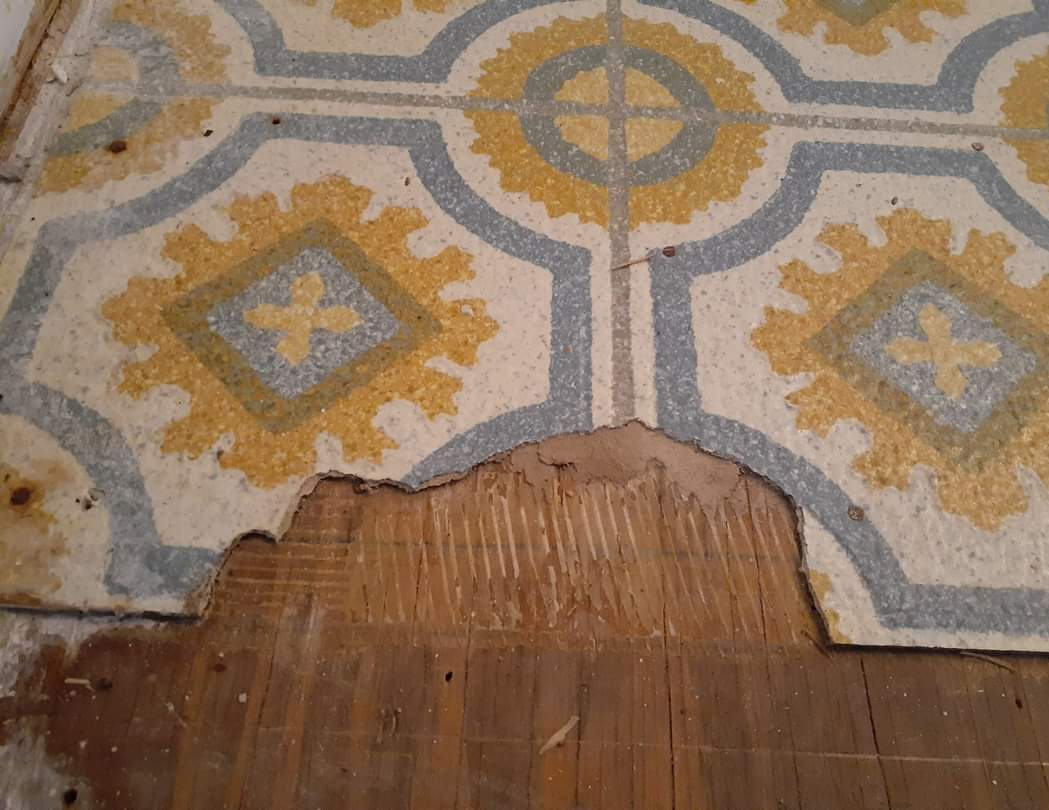
Outdated Style
Eventually, the style of your floor will become outdated.
And while you might be able to ignore this for a while, eventually it will start to affect the look and feel of your home.
If you're not happy with the way your floors look, it might be time to consider a replacement.
New floors can give your home a fresh, new look that will make it feel like new again.
Floor Replacement vs Refinishing
When it comes to deciding whether to replace or refinish your floors, there are a few things you need to consider.
First, how old are your floors? If they're more than 20 years old, it's probably time for a replacement.
Second, what is the condition of your floors? If they're severely damaged, it might be necessary to replace them. However, if they're only slightly damaged, refinishing might be an option.
Third, what is your budget? Replacing your floors can be expensive, so if you're on a tight budget, refinishing might be a better option.
Lastly, what is your timeline? Replacing your floors can take several weeks or even months, whereas refinishing can usually be done in a matter of days.
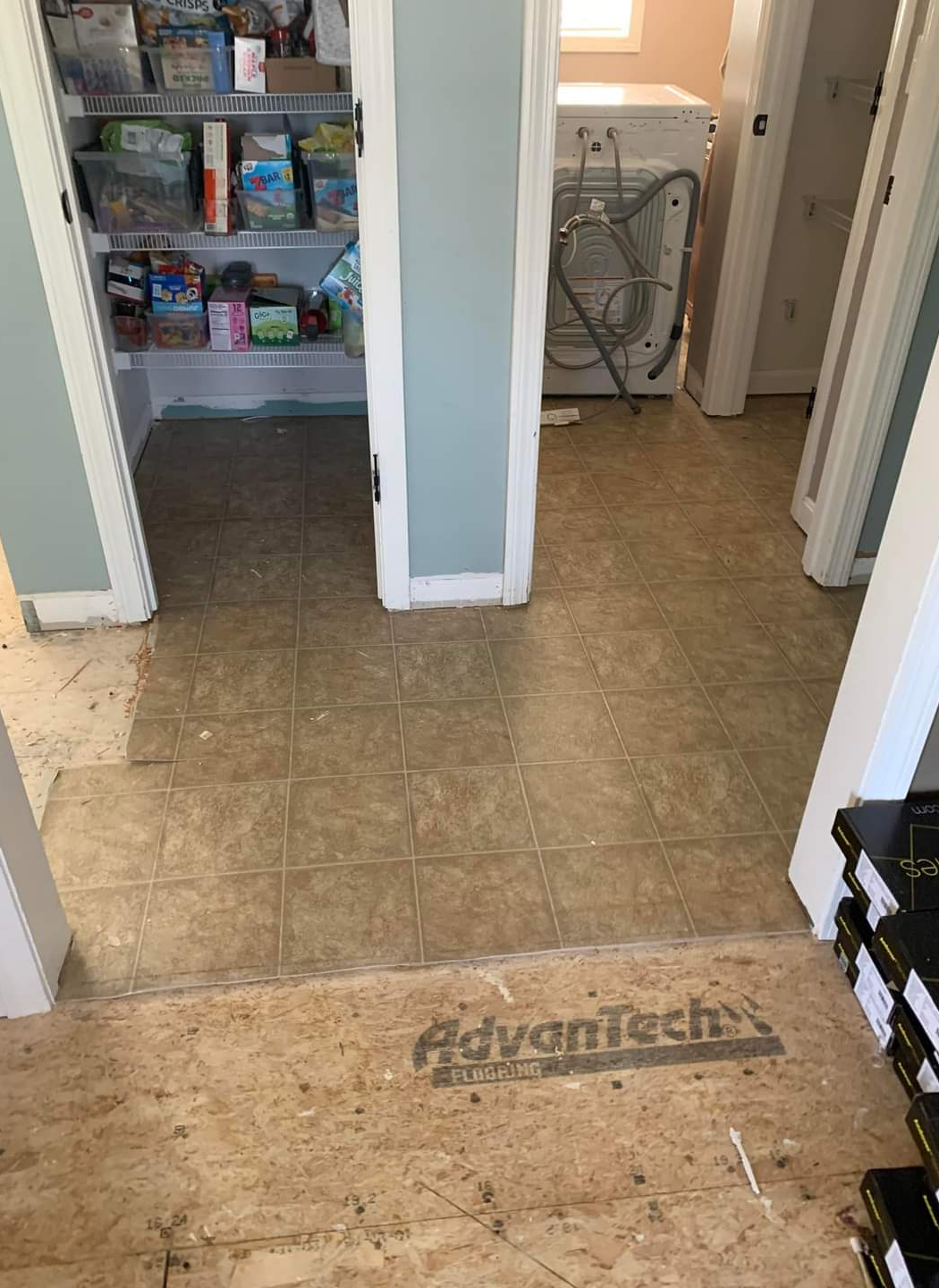
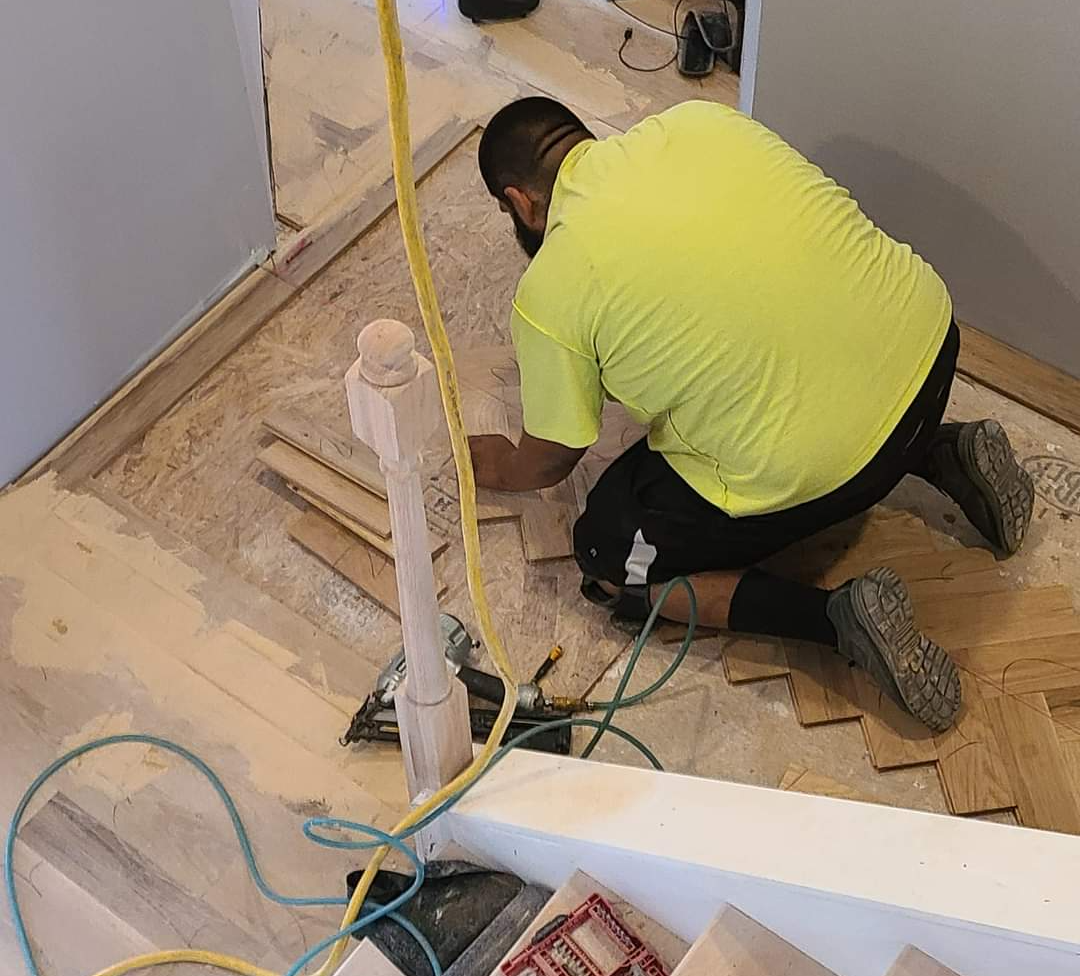
When to Remove Flooring
There are a few different situations in which you might need to remove your flooring.
One common reason is when you're doing a major renovation and need to start from scratch.
Another reason is when you're replacing damaged or worn-out flooring.
And finally, you might need to remove your flooring if you're planning on selling your home, as potential buyers might not be interested in outdated or damaged floors.
Licensed and Insured
When you're looking for a company to handle your flooring needs, it's important to choose one that is fully licensed and insured.
That's because licensed and insured contractors are held to a higher standard of quality, and they're also protected against potential liabilities.
At JD Flooring, all of our contractors are licensed and insured, so you can rest assured that your project is in good hands.
We've been in business for many years, and we have the experience and expertise to get the job done right.
Contact us today to learn more about our services or to schedule a free consultation.
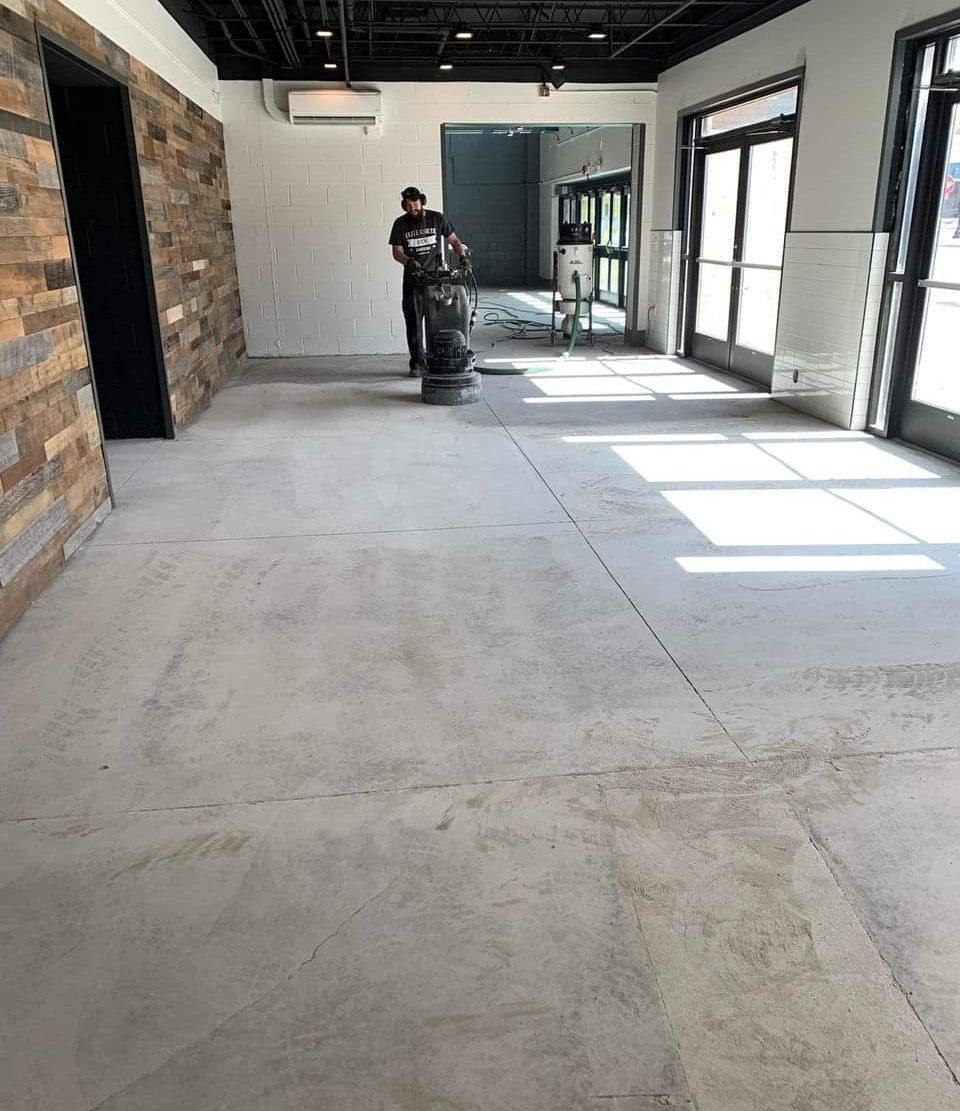
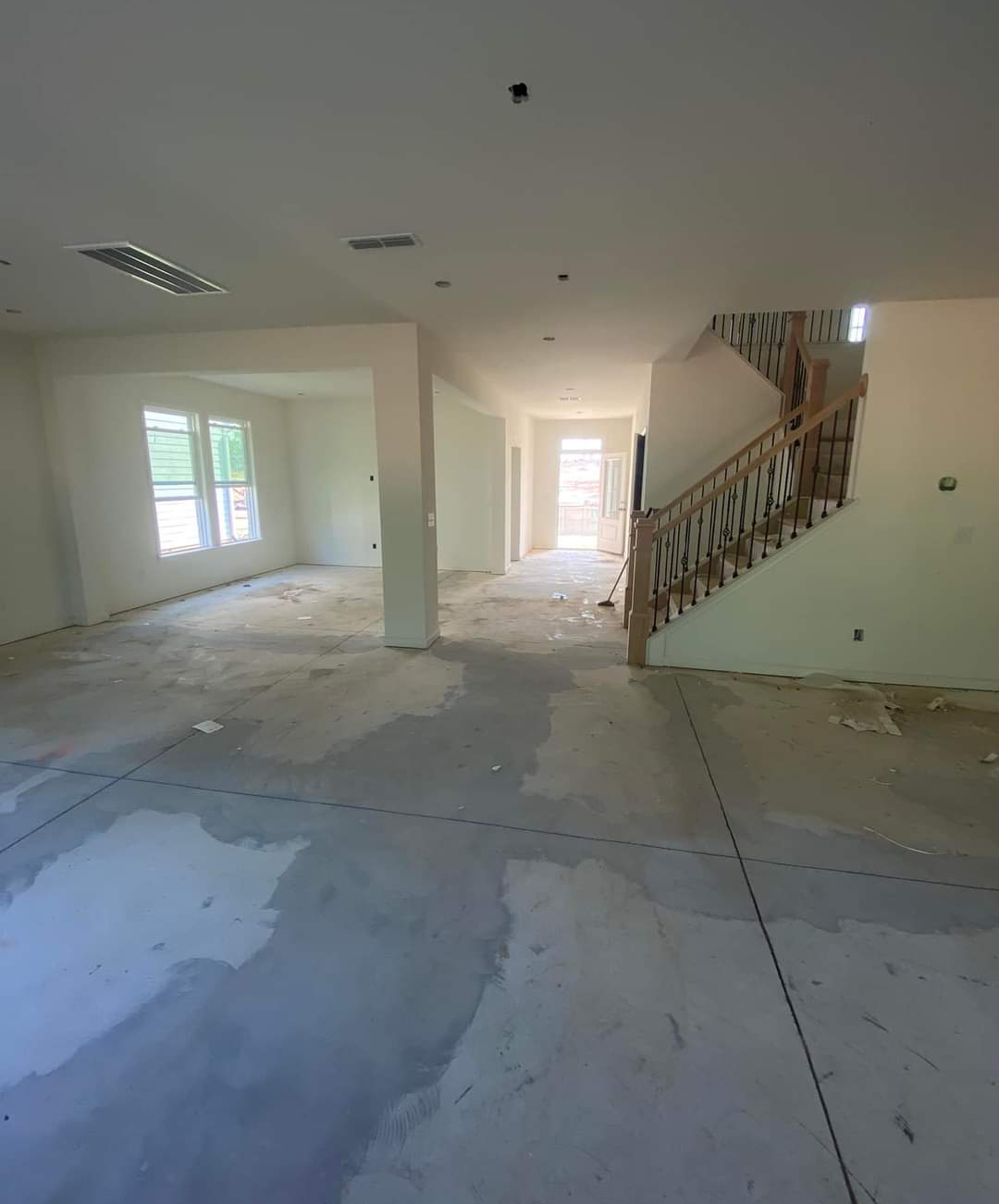
How Much Does it Cost to Replace a Floor?
There are a number of factors that can affect the cost of replacing a floor. The type of flooring material is one of the most important considerations.
Carpet is generally the cheapest option, while hardwood or tile can be more expensive. The size of the room also has an impact on cost, as does the complexity of the installation.
If the old flooring needs to be removed first, or if there are any special preparatory steps required, this can also add to the overall price tag.
As a result, it is important to get a quote from a qualified contractor before making any decisions about replacing a floor.
Floor Replacement FAQs
Can you lay new flooring over old flooring?
In some cases, this may be perfectly fine. For instance, if you're laying tile over a concrete subfloor, you probably won't have any problems. However, if you're trying to install new hardwood floors over old carpeting, you may run into some difficulties.
The main issue is that new floors need a completely flat surface in order to be installed properly. If your old flooring is uneven or has a lot of bumps and dips, it's best to start from scratch.
Otherwise, you risk having your new floors develop issues over time. It's important to consider the type of flooring you're using and the condition of your existing floors.
Should you remove old flooring or lay floors over it?
When it comes to old flooring, there are two main options: remove it or lay new floors over it. Each approach has its own advantages and disadvantages. Removing old flooring can be time-consuming and labor-intensive, but it allows you to start with a clean slate.
This is especially important if the old flooring is in poor condition or if you are planning to make major changes to the layout of the room. However, laying new floors over old flooring can be a more efficient option, and it can also help to protect the existing floors from damage.
In addition, this approach can provide a bit of extra insulation, which can be beneficial in rooms that tend to be cold.
Ultimately, the best option for you will depend on your specific situation and preferences.
How do you replace a rotten floor?
If you have a rotten floor, the first thing you need to do is remove the damaged boards. You'll also need to cut out any rotten joists, and replace them with new lumber. Once the joists are in place, you can start installing new flooring.
If you're installing hardwood floors, you'll need to lay down a subfloor first. Once the subfloor is in place, you can start nailing down the new boards.
When installing tile or vinyl floors, you'll need to spread adhesive onto the subfloor before laying down the new tiles or planks. Once the new flooring is in place, you can add baseboards and trim to finish off the job.
What should I replace my floors with?
There are many options available when it comes to replacing your floors.
The first step is to decide what look you're going for. Do you want something classic and timeless, or something more trendy? Once you have an idea of the overall aesthetic you are aiming for, you can start to narrow down your choices.
Hardwood floors are always a popular option, but they can be pricier than other materials. Laminate and vinyl are more budget-friendly options that can still give your home a polished look.
If you're looking for something unique, tile or stone floors are a great choice. Whatever material you choose, make sure to do your research to find the best option for your needs.
How much do new floors increase home value?
Many homeowners are interested in renovating their homes to increase its value.
One type of renovation that can have a big impact is new floors. Depending on the type of flooring and the quality, new floors can increase a home's value by 2-5%. This might not seem like a lot, but it can make a big difference when selling your home.
If you're considering new floors, it's important to choose a style and material that will appeal to buyers. Hardwood floors are always popular, but they can be expensive. Laminate or engineered hardwood may be a more affordable option that still has the same appeal. Tile is another popular choice for kitchens and bathrooms, and it's easy to clean and maintain.
Ultimately, the best way to increase your home's value is to choose flooring that you think prospective buyers will love.
What are joists?
Joists are horizontal supports that help to bear the weight of a floor or ceiling. They are typically made from lumber or steel, and they are spaced at regular intervals along the length of the supporting beam.
Joists are an essential part of any framing system, and they play a vital role in ensuring the structural integrity of a building.
In most cases, joists are installed prior to the installation of drywall or other finishing materials. This allows the joists to be properly supported and prevents them from sagging over time.
Joists must be properly sized and spaced in order to meet the loads placed on them, and they must be securely attached to the supporting beam.
How long does it take to install flooring?
One of the most important considerations when installing new flooring is the amount of time it will take.
The type of flooring you choose, as well as the size and layout of your room, can have a big impact on the length of the installation process.
For example, hardwood floors can typically be installed in about two days, while tile or carpet may take up to five days. If you're working with a professional installer, they will be able to give you a more accurate estimate based on your specific project.
However, it's important to remember that even the most experienced installer can't control every aspect of the installation process. There are always potential delays that can occur, so it's important to be prepared for anything.
Reach Out For a Free Quote
Send us a message using the form below, and we’ll get back to you as soon as we can.
We will get back to you as soon as possible
Please try again later
Copyright © 2015-2022 JD Flooring Installers | All rights reserved
Contractor Website by Curated Leads
